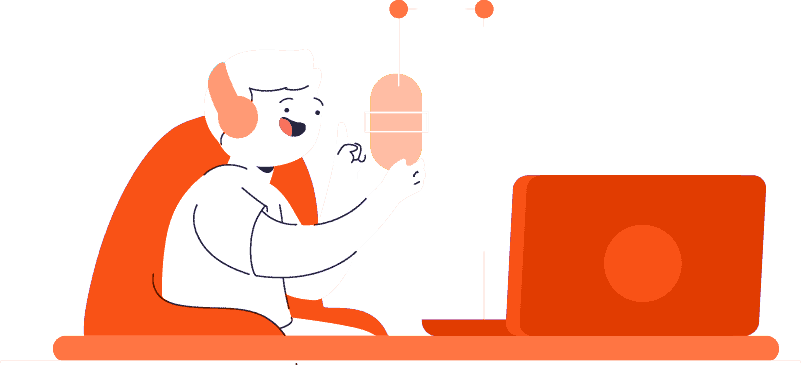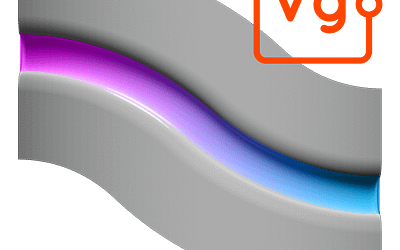Welcome to
my place!

My name is Vincent GAULT AKA CGVinny. I’m a Product Evangelist with the Adobe Substance 3D team. My goal is to help artists being better at what they do, by providing tools, and learning content. I hope you will have some fun in the process!
Parting Shut Line tool: gradient version
This is an extend version of my Parting Shut line tool for Substance 3D Painter. Get all the details in the article.
New “Parting Shut Line” tool for Substance 3D Painter
I have just published a new free tool foe Substance 3D Painter: the Parting Shut Line tool! Learn how it works and download it for free!
Make a 360 material turntable in Adobe Substance 3D Stager
The latest release of Substance 3D Stager comes with a long awaited feature: the ability to make turntables!
So I decided to take advantage of this to make a small tutorial that showcase how you can render your material.
A look back at my grass Generator tutorial
Few years ago, I published a tutorial in order to teach (& learn) the basics of the FX-Map node within Substance 3D Designer. It remains one of my most popular videos…
Get more content
This website is quite new: expect more content to come by the time 😉





